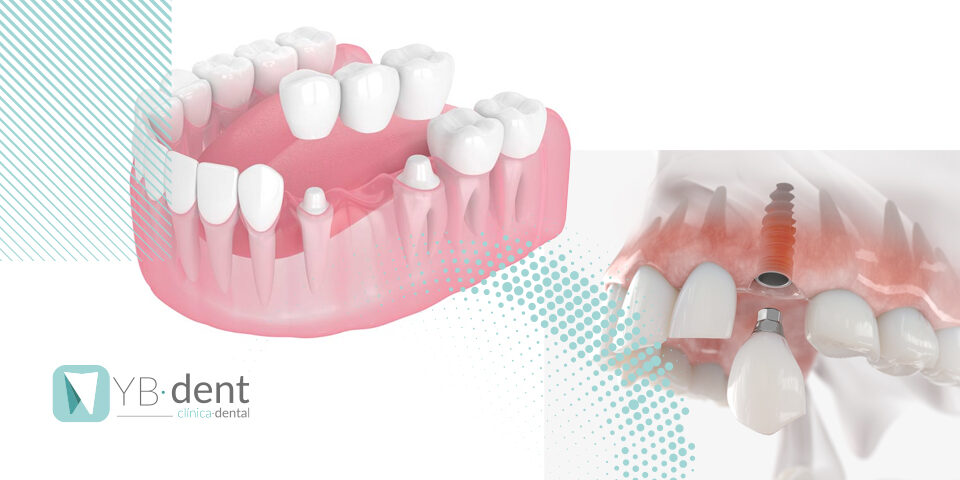¿Cómo prevenir y examinarse ante un cáncer oral?

Existen varias maneras de prevenir y examinarse de un cáncer oral. Hoy, en esta publicación vamos a explicar de que manera podéis prevenir el cáncer y cómo podéis examinaros del cáncer de boca si tenéis algún signo o síntoma.
El cáncer oral es un crecimiento de células que no se puede controlar en cualquier parte de la boca. Puede manifestarse tanto en los labios, mejillas, encías, lengua y paladar duro y blando.
Este tipo de cáncer es un grave problema de salud, según la Organización Mundial de la Salud (OMS) existen muchos países con un alto índice de mortalidad a causa de esta enfermedad. En España la incidencia del cáncer oral es de 12 a 15 casos por año en hombres y de 2 a 4 casos en mujeres por cada 100.000 habitantes.
Por este motivo es muy importante prevenir el cáncer siguiendo los consejos de los profesionales.
Síntomas y signos del cáncer oral
- Dientes sueltos
- Úlceras persistentes en la boca
- Lengua dolorida
- Dolor de garganta
- Manchas blancas dentro de la boca
- Dolor en la mandíbula
- Dolor al masticar
Detectar a tiempo el cáncer gracias a un buen diagnostico tras la aparición de los primeros síntomas es vital para poder hacer un buen pronóstico de la enfermedad. Los especialistas bucodentales son los primeros en conocer y detectar la patología durante la exploración.
Si una lesión en la boca o alrededor, dura más de dos o tres semanas y estas no responden al tratamiento inicial, deberán ser biopsiadas. La biopsia oral es el procedimiento quirúrgico destinado a recoger el tejido de cualquier organismo vivo para estudiarlo mediante el microscopio para diagnosticar el problema.
La biopsia es un básico ya que diagnóstica definitivamente las lesiones orales. Estas lesiones pueden ser precancerosas y a través del estudio de su aspecto y la historia clínica del paciente.
Si se detecta la enfermedad en un tiempo corto de vida de la misma favorecerá la curación o la reducción del mismo y así se minimiza el riesgo de mortalidad del cáncer oral.
¿Cómo prevenirlo?
Para prevenir el riesgo de sufrir un cáncer oral es necesario seguir unos hábitos saludables. Eliminar el consumo de tabaco y minimizar la ingesta de alcohol es primordial para minimizar los riesgos.
Realizar dos revisiones odontológicas al año también es una medida preventiva para el cáncer oral. Una estimación dice que entre el 30% y el 40% de todos os tipos de cáncer se podrían evitar o disminuir el riesgo solamente con seguir un estilo de vida saludable y una correcta alimentación.
Otra medida de prevención de la enfermedad es evitar la sobre exposición excesiva al sol en los labios.
Por tanto, es importante disminuir el consumo de tabaco y alcohol a la vez que la exposición del sol en los labios y seguir un estilo de vida saludable junto a una dieta equilibrada con una gran proporción de vegetales y frutas para la prevención del cáncer de boca.
Para detectar el cáncer bucal es necesario realizar un examen de detección que consiste en realizar una exploración realizada por un dentista o un médico para detectar los posibles signos de cáncer o afecciones precancerosas en la boca.
El objetivo principal del examen de detección es identificar de una forma temprana el cáncer de boca y así hay más posibilidades de cura.
Desde Clínica Dental YB-dent ofrecemos una gran variedad de servicios para tratar múltiples problemas dentales, entre los cuáles se encuentra la inflamación de encías. Si tienes alguna duda o piensas que presentan síntomas en tu boca, no dudes en visitarnos y te atenderemos gustosamente.
Podrás encontrarnos en la Calle Viver 25 en Valencia (46020).



